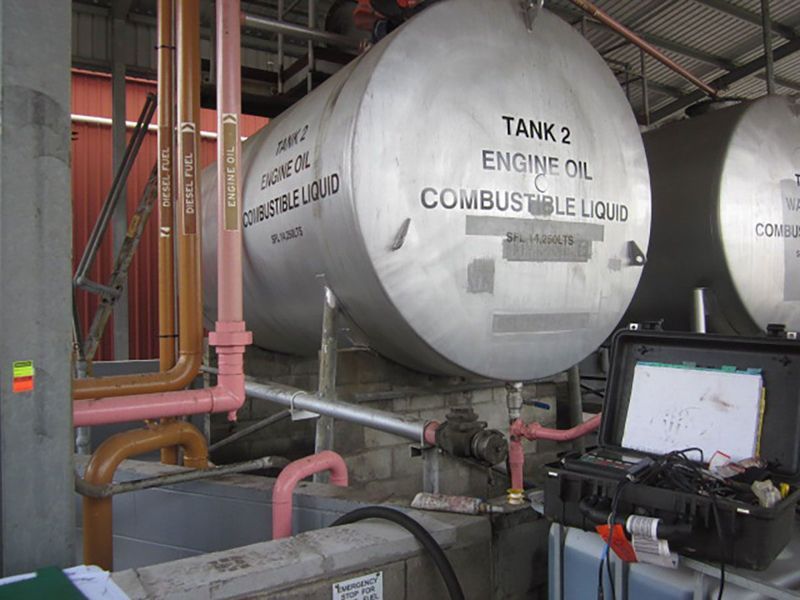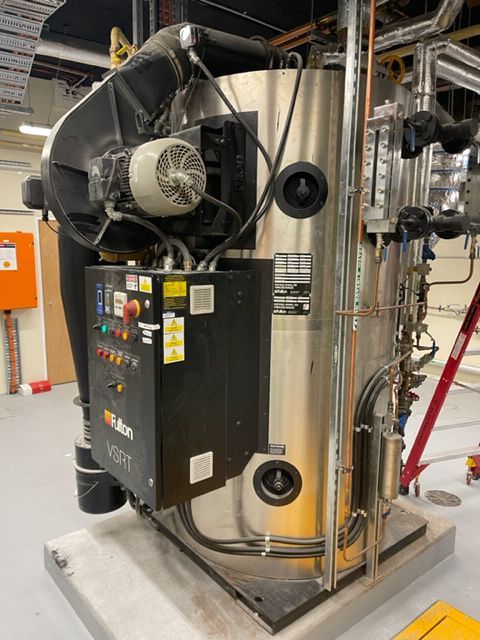How to obtain a welding certification
Welding is a highly skilled trade, and in many industries, a formal certification is essential to demonstrate competency, safety, and compliance with standards. Whether you’re an experienced welder looking to expand your qualifications or just starting your career, understanding the process of obtaining a welding certification is key.
What is a welding certification?
A welding certification is an official qualification that confirms a welder’s ability to produce welds that meet specified codes and standards. Certification typically involves practical testing under supervised conditions, with results verified through inspection or non-destructive testing methods.
Who needs welding certification?
Welding certification is commonly required in:
- Construction and infrastructure: pipelines, bridges, and structural steel.
- Mining and energy: pressure vessels, tanks, and heavy machinery.
- Manufacturing and fabrication: production of components, vehicles, and plant equipment.
- Oil, gas, and offshore: safety-critical environments where compliance is heavily regulated.
Steps to obtain a welding certification
1. Choose the right certification
Different industries and codes require different qualifications. In Australia, common frameworks include:
- AS/NZS 1554 for structural steel welding.
- ISO 9606 for welder qualifications.
- ASME IX for pressure equipment.
The right choice depends on the type of work you plan to do.
2. Complete training or preparation
Some welders complete training courses through TAFE or private providers, while experienced welders may go straight to testing. Preparation often includes practice in specific processes such as SMAW (stick), GTAW (TIG), or GMAW (MIG).
3. Undertake a welding procedure qualification record (WPQR)
The WPQR is a formal record that proves a particular welding procedure has been tested and approved. This step ensures the welding process itself is compliant before individual welders are certified.
4. Pass a practical test
The practical test is conducted under supervision by an examiner. The weld must be completed within the parameters of the Welding Procedure Specification (WPS). It will then be inspected visually and often tested using methods like radiography, ultrasonic testing, or bend tests.
5. Receive certification
Once testing is complete and results meet the required standard, the welder is issued with a certification that details the process, material, and position they are qualified for. Certifications must be maintained and may need renewal at regular intervals.
How long does welding certification last?
The validity of welding certification varies depending on the code or standard. Many require ongoing work logs, employer verification, or retesting at intervals (often every 6–12 months) to ensure continued competency.
Benefits of being a certified welder
- Greater employment opportunities in regulated industries.
- Higher earning potential with advanced or multiple certifications.
- Improved safety compliance on high-risk sites.
- Recognition of skills under international standards.
Get expert guidance to keep your welding certification up to code
Q-RIIMS provides welding certification services (WPS/WPQR) along with inspection, testing, and quality assurance to help welders and asset owners maintain compliance with Australian and international codes. Whether you need new certification, requalification, or full documentation support, our ISO-accredited team delivers accurate, audit-ready results.
Contact us today to book a certification assessment or speak with our team about your project requirements.
Frequently asked questions
Do I need welding certification to work as a welder in Australia?
Not all welding jobs require certification, but industries such as mining, energy, construction, and oil and gas typically demand certified qualifications to meet safety and compliance requirements.
How much does it cost to get welding certification?
Costs vary depending on the type of certification, testing method, and provider. Training courses may add to the cost if preparation is required before testing.
Can I use my overseas welding certification in Australia?
Some international welding certifications are recognised in Australia, particularly ISO or ASME qualifications. However, you may need to undergo revalidation to meet AS/NZS standards.
What happens if I fail a welding certification test?
If a test weld does not meet the required standard, candidates can usually re-sit the test after additional practice or training. Retesting ensures welders meet compliance before certification is issued.
How do employers verify welding certification?
Employers can verify certification through documentation, test records, and logbooks. Certified inspectors and accredited bodies issue traceable records that are audit-ready.


